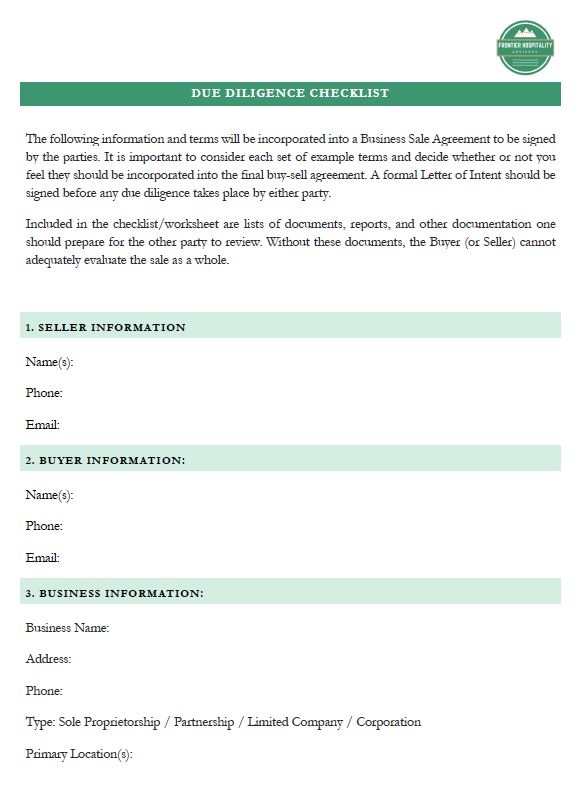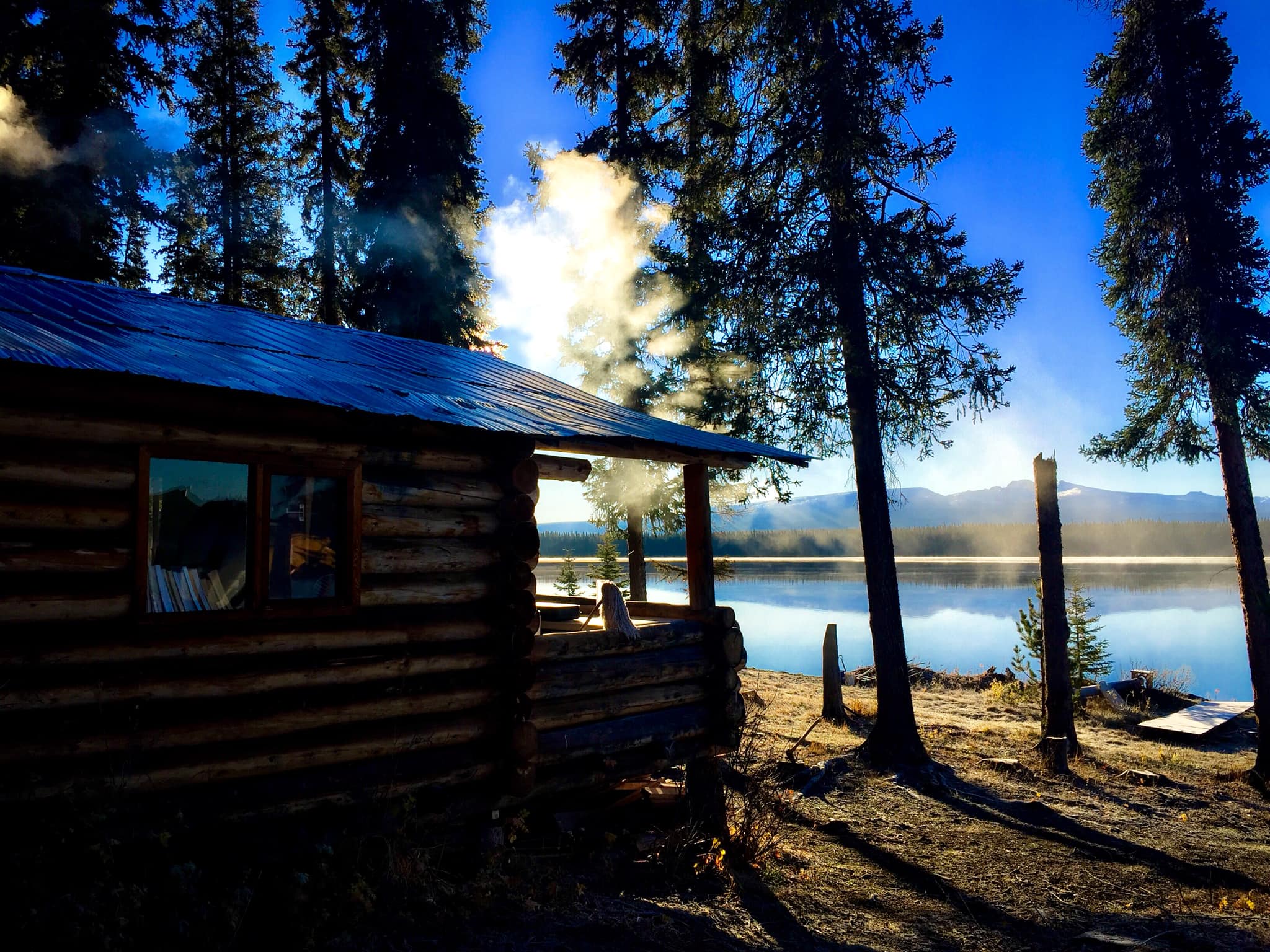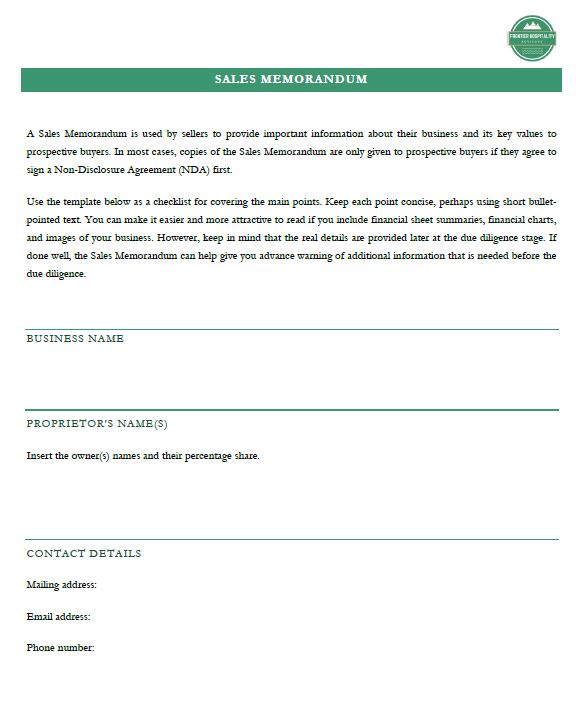A New Way to Buy (and Sell) a Fishing & Hunting Lodge
Interested fishing & hunting lodge buyers I speak with generally fall into one of four categories:
- Buyers who want to purchase a lodge and operate it themselves as a way of earning their primary income.
- Corporate groups (such as first nations groups) purchasing the lodge as a branch of their overall organizational structure. They will hire staff to operate the lodge.
- Large buying groups who go on an annual fishing & hunting lodge vacation and figure they might as well purchase a lodge because of the amount they spend on annual trips anyway. These groups typically plan on selling off a few retail trips just to help cover costs.
- Wealthy individuals who are passionate about the outdoors and want to own a lodge as a passion project but don’t want to be involved in the day to day operation. They will hire a manager to operate the lodge and will only be involved in high level decisions.
Fishing & Hunting Lodge Fractional Ownership Business Model
Traditionally, fishing & hunting lodges are purchased by a single owner. That owner then organizes everything from building and equipment repairs to selling the vacation packages. The owner might pay themselves a salary or their income might be the net income from the business. When the industry goes through a down period the owner is on the hook for all expenses and sees their income drop significantly.
Owners looking to get off of this roller coaster have taken a long standing vacation property business model and applied it to fishing & hunting lodges, known as fractional ownership.
Lodge ownership is split into fractions (shares). Ownership shares are sold off at a variety of levels with different perks but essentially owners of shares can enjoy their fishing & hunting lodge vacation while building equity in their investment.
Shareholder trips typically make up about half of the season and the remaining open slots are sold off as premium retail package trips which help cover lodge operating costs.
Shareholders can take friends, family, clients, staff…you name it, up to their very own lodge that is professionally managed. They get the pride of ownership and build equity in the lodge they pay to visit annually anyway. What’s important to most of these buyers is they begin a family legacy at the lodge…all at a lower risk and less hassle than buying an entire lodge.
Shareholders typically get to vote on large renovation/expansion projects. Often times the creator of the fractional interest lodge will get paid to professionally manage the facility. You hire the team to operate the lodge, complete renovation projects, provide meals, guide, fill vacancies….everything you’d expect of a manager. Often times the creator of the fractional ownership lodge will have some “Skin in the Game” as they are a shareholder themselves so investors can rest assured you have their best interest in mind.
The fractional ownership model for a fishing & hunting lodge can generally be described as a private club operating like a business. This article discusses how other private clubs tackle this business model.
Why Would a Current Owner Consider Fractional Ownership for their Fishing & Hunting Lodge?
I expect shared ownership to be an increasingly popular business model among those who already own a fishing & hunting lodge but feel burdened by the ups and downs of the industry.
Rather than sell the lodge they love, these owners will opt to sell fractional ownership interests to loyal guests who will help share the costs. Besides lowering risk, your time burden of constantly travelling to trade shows trying to fill vacancies will be decreased. Shared ownership can free your capital as you prepare for retirement, or for alternative investments.
Selling fractional interests is a viable alternative when selling the entire lodge proves difficult due to market conditions. If you have a long list of loyal guests I’m sure they’d love the opportunity to become a part owner in the lodge they love. Many annual fishing & hunting lodge guests are quite well off and could comfortably afford to make this type of investment. Selling shares to these individuals will allow you to phase yourself out of ownership and still get paid to manage the operation.
Traditional fishing & hunting lodges deal with significant “peaks and valleys” in the industry. We’re in a major valley right now because of Covid-19. Most lodge owners generally enjoy operating their business but the burnout comes from the constant battle of maintaining occupancy. With this business model you will be paid for managing the lodge and creating the “experience” for shareholders/guests when they visit. This greatly lowers your risk as your income for managing the property will not drop with the fluctuations in the industry.
Why Would an Interested Fishing & Hunting Lodge Buyer Consider Purchasing a Fractional Interest?
Individuals that fall into category 3 or 4 above consider buying fractional interests because it gives them the pride of ownership but also the ability to still enjoy their annual trip. Fractional ownership significantly lowers their risk/time commitment than buying a whole fishing & hunting lodge.
Although buyers who fall into category 3 or 4 dream of owning a fishing & hunting lodge, most don’t understand the amount of focus a successful lodge requires. Fractional ownership provides a solution to this problems by allowing each co-owner to pay only a fraction of the costs and ongoing expenses of fishing & hunting lodge ownership, and share the risks of unforeseen maintenance problems and value depreciation with others. The annual expenses are also largely covered by selling off a large portion of the seasons time slots as retail packages.
Of course, in exchange for spreading the costs and risks, the owner gives up some of the usage rights and freedoms of whole ownership. Some loss of freedom and control is often an acceptable sacrifice for the huge cost savings.
Fractional ownership isn’t for everyone, but it may just be the solution you are looking for.
This article has been prepared by Frontier Hospitality Advisor for general information only. Frontier Hospitality Advisor makes no guarantees, representations or warranties of any kind, expressed or implied, regarding the information including, but not limited to, warranties of content, accuracy and reliability. Any interested party should undertake their own inquiries as to the accuracy of the information. Frontier Hospitality Advisor excludes unequivocally all inferred or implied terms, conditions and warranties arising out of this article and excludes all liability for loss and damages arising there from.


